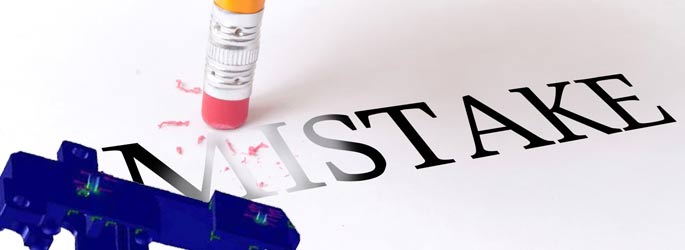10 Mistakes that Makes You Pay More for Finite Element Analysis
Posted by Bhaumik Dave on April 23rd, 2013
Finite Element Analysis (FEA) is an essential aspect of product design in most industry sectors. In spite FEA being so important manufacturers don’t focus on it much or sometimes ignore it. And ultimately end up with inefficient product design and later tend to pay more for FEA analysis and product design optimization.

Have a look at top ten mistakes that makes you pay more for FEA:
Doing Finite Element Analysis for the Sake of it: It is very important to know about the various end results of Finite analysis. Note that not all the benefits are quantifiable but structure analysis specification is important and all practitioners should be aware of it.
Lack of confirmation: Not having adequate verification information to bridge the gap between bench-marking one’s own finite element analysis strategy. Sometimes test data is available but is forgotten to be taken. Always try to verify what the test team produces and then compare it with the potential cost of believing the fact that the results are wrong.
Attempting to Predict Contact Stresses without Modeling Contact: This might look sensible but seldom gives accurate results.
Ignoring Geometry or Boundary Condition Approximations: Try to understand how inappropriate restraint conditions in static or dynamic analyses can affect results.
Ignoring Errors Related to Mesh: Sometimes due to ignorance related to mesh geometry or boundary condition approximations are cancelled out which can cause confusion to the user. They might think that the model is much more accurate that it actually is. Therefore, a convergence test is always a recommended option.
Incorrect Elements: Using a 2D model when a 3D model is required or using inefficient finite element type should be avoided.
Bad Post-Processing: Not post-processing results correctly or consistently. Not checking unleveraged stresses.
Assuming Conservatism: Because one of the finite element analysis is known to be conservative, a different structure analysis may not be required for other elements.
Not Standardizing Finite Element Analysis Procedures: This has been a frequent cause of concern for repeated or lost work. Any finite element analysis team should have a standardized modeling procedure for typical analyses encountered within the organization, and analysts should follow it whenever possible. Even non-standard analyses should be derived from standardized procedures wherever possible. This is a quality issue and should be eradicated as soon as possible.
Inadequate Archiving: This is also caused due to frequent cause of lost work. Teams should have a work around to store and document instructions about what and how to archive. This is again a quality issue and special care need to be put into which files to be archived in order to allow projects to be retraced, without using excessive disk space.
May be you like to read more about : 4 Questions that will help you understand Finite Element Analysis (FEA) in a Better Way


